Instead of pork bacon, you can make beef bacon, which is cured and smoked beef belly. It’s fun and easy to make if you have a smoker. If youre imagining thin crispy slices on a plate for breakfast though, think again. I’ll tell you how to make beef bacon at home and how to get the most out of it in the kitchen.
Over the course of my career, I’ve cured thousands of pounds of bacon, but until recently, I hadn’t made my own beef bacon. The only problem is now I want to make veal bacon to see the differences.
This piece of charcuterie is interesting because about 40% of the world doesn’t eat pork, mostly because of religious rules, but some people are allergic to it too. Some people don’t like pork, like my high school girlfriend, who stopped eating it after I brought home Daisy, our pet potbellied pig, during summer break from college.
Beef bacon has become an increasingly popular alternative to traditional pork bacon But where does this tasty treat come from on the cow? The short answer is that beef bacon can come from several parts of the cow, depending on the producer. Let’s take a closer look at the cow cuts used to make delicious beef bacon.
For those unfamiliar, beef bacon is essentially bacon made from beef instead of pork. It involves curing, smoking, and slicing beef to mimic the taste and texture of pork bacon. Beef bacon emerged as a way for people who don’t eat pork for religious or health reasons to still enjoy the bacon experience. It offers a similar salty, smoky, fatty flavor as pork bacon but with a more beefy taste. Beef bacon can be substituted 1:1 for regular bacon in any recipe.
Common Cuts Used for Beef Bacon
While pork bacon specifically comes from pork belly, beef bacon can come from a few different cuts:
Brisket
One of the most popular cuts for beef bacon is brisket. Brisket comes from the breast or lower chest of the cow. It’s a tough, well-exercised muscle that requires long, slow cooking to become tender. When cured and smoked into beef bacon, the brisket develops a pleasant chewiness while remaining lean.
Brands like Hormel Black Label and Wellshire Farms use brisket for their beef bacon products. The rich, beefy flavor pairs nicely with smoke and seasoning. It’s definitely one of the most bacon-like beef cuts.
Belly
Just like pork belly becomes pork bacon, beef belly can also be cured and smoked into beef bacon. The belly cut comes from the underside between the front and hind legs. It contains a higher fat content like pork belly, which yields a juicy, tender beef bacon.
Belly beef bacon most closely mimics the taste and mouthfeel of traditional pork bacon. The extra fat also helps the bacon crisp up nicely when cooked. Brands like Browns Creek Farm use beef belly for their beef bacon offerings.
Plate
The beef plate, also called the short plate, comes from the underside of the cow around the belly. It contains a good amount of fat marbling as well as thick rib bones. Once cured and smoked, the plate makes for delicious and well-marbled beef bacon with nice melt-in-your-mouth fat.
Brands like Pederson’s Natural Farms utilize the beef plate for crafting their beef bacon products. The intramuscular fat content allows the bacon to caramelize and crisp similar to pork belly styles.
Chuck
The chuck section lies above the brisket and includes meaty cuts like the chuck roll and chuck eye. These areas contain great marbling which suits beef bacon production. The end result is a tender juicy beef bacon with rich beefy notes.
Nueske’s Applewood Smoked Meats smokes and slices chuck roll for their beef bacon lineup. The generous marbling provides lots of flavor during the smoking process.
Round
While less common, some producers use the round section of the cow for beef bacon. The round contains leaner cuts like eye of round, top round, and bottom round. These cuts allow for a lower fat beef bacon option, though moisture and flavor can be a challenge.
Brands like Pederson’s Natural Farms make beef bacon from the round to create a healthier alternative. The meat is extra lean yet remains juicy if sliced thinly. It provides a lighter smoky, salty flavor.
How Is Beef Bacon Made?
The general process for making beef bacon is similar to pork bacon:
-
The raw beef cuts are cured in a brine solution, often containing salt, sugar, nitrates, and spices. This both adds flavor and preserves the meat.
-
The cured beef then gets hung and air dried to further concentrate the flavors.
-
Next, the meat is smoked slowly over a wood fire, often hickory, applewood, or maple. This imparts a lovely smoky aroma and taste.
-
Finally, the smoked meat is sliced thinly into long strips to achieve that iconic bacon shape.
The final result is ready to cook and enjoy! Frying beef bacon results in slightly chewier meat compared to the crispy lacy texture of pork bacon. But the flavors are pork-like, with extra beefiness.
The Takeaway
While pork bacon comes from one specific part of the pig, beef bacon has more versatility depending on the cut. Brisket, belly, plate, chuck, and round are all used for quality beef bacon. The cut impacts the fat content and texture of the final product. Belly and plate offer the closest match to pork bacon, while leaner cuts provide a healthier alternative. Regardless of the cut, beef bacon presents an exciting way to enjoy America’s favorite salty, smoky, savory treat.
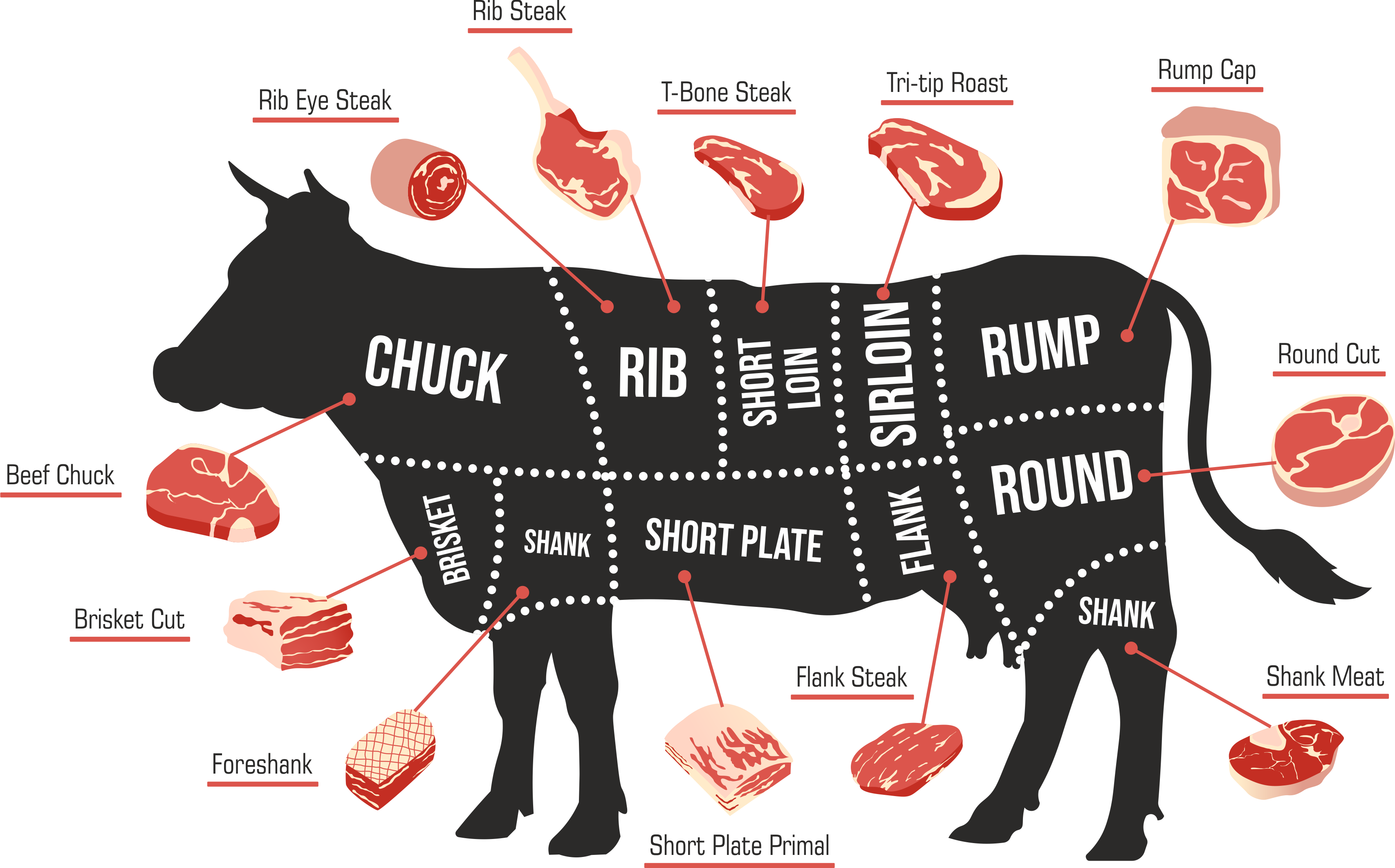
How to Cook Beef Bacon
The cooking process is the same for pork bacon. Smoke the meat at 200 to 225 F (107 C) F for three hours for every five pounds, or until it reaches 150 F (65 C) on the inside.
It doesn’t have to be perfect, but if you cook it too long, it can fall apart if you cut it too thin. You won’t have to worry about that if you do what I say and cut the bacon into lardons instead of slices.
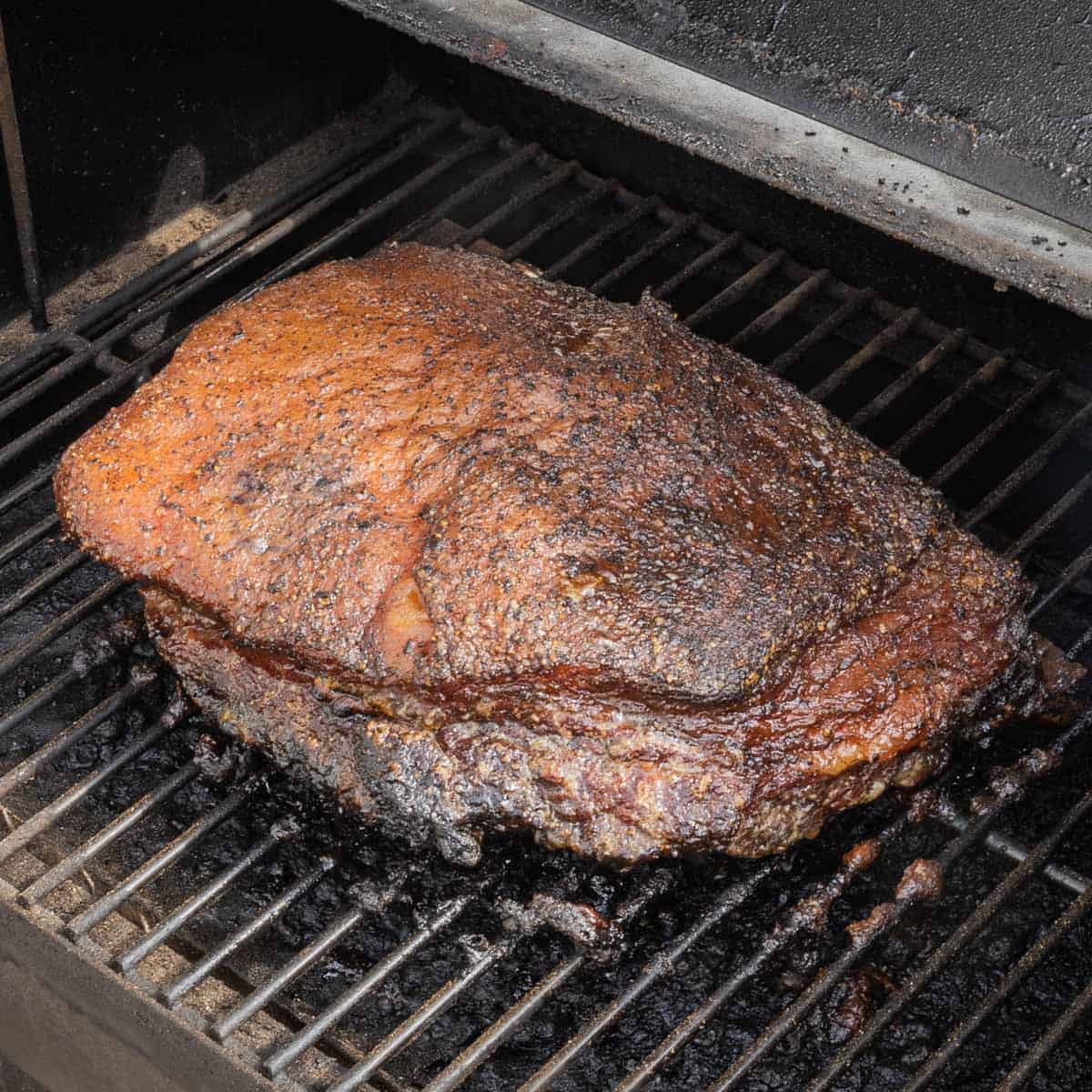
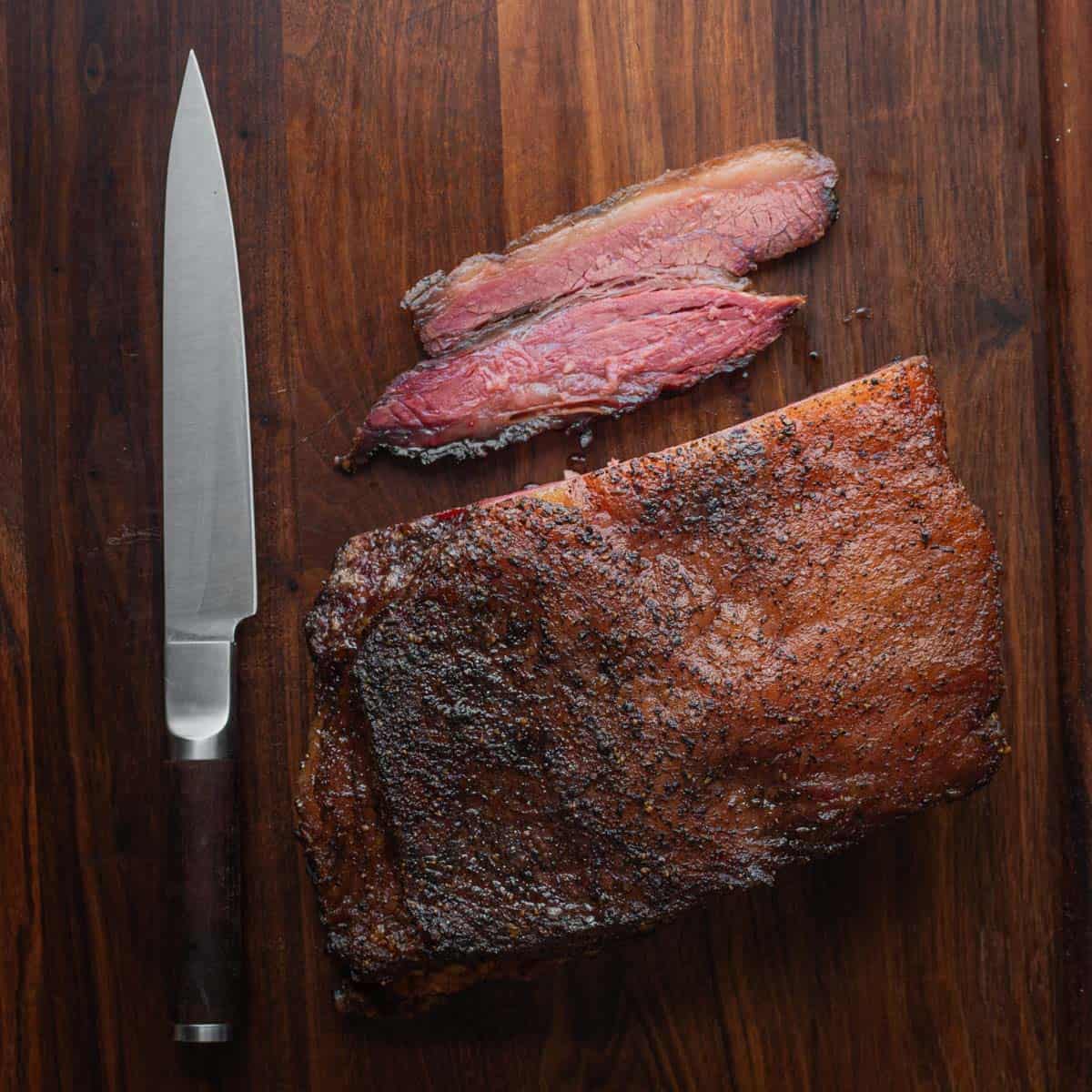
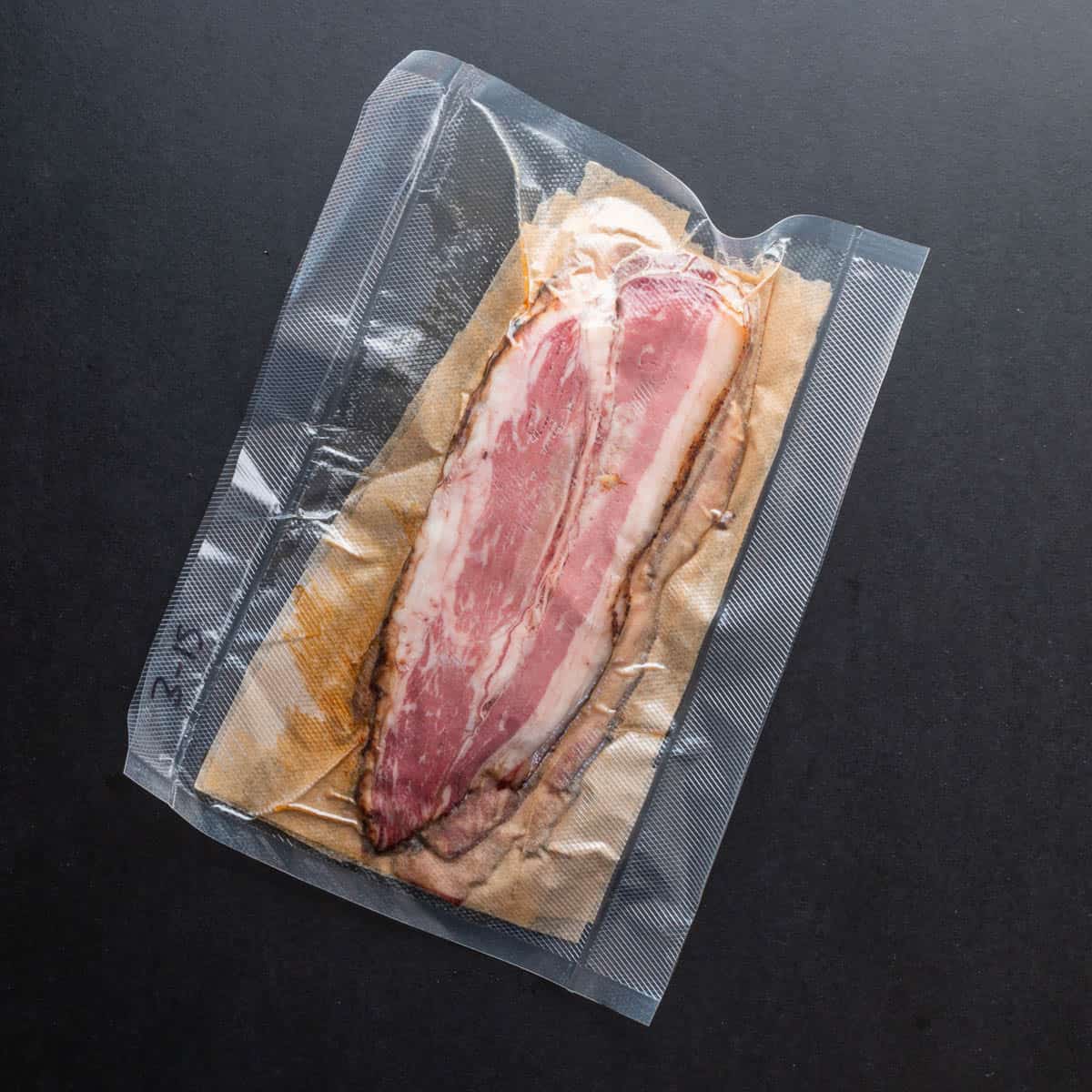
After you smoked the beef belly its chilled to firm the texture. Now you can decide how you want to cut and store it. Since bacon is cured, it can be frozen after cooking which is generally what I do.
Cut the bacon into serving size pieces that look like a bacon steak, vacuum seal, and freeze. You can layer multiple slices between parchment paper to prevent sticking.
Do You Have to Use Curing Salt in Bacon?
My opinion is yes. “Nitrate-free” or “uncured bacon” is sold as a healthier alternative to conventional bacon. But if you look closely at nitrate-free bacon, you’ll probably see celery powder or celery juice on the list of ingredients. These contain naturally occurring forms of sodium nitrite (NaNO2), which is used to cure meat. Below are 9 selections from my local coop, including turkey bacon.
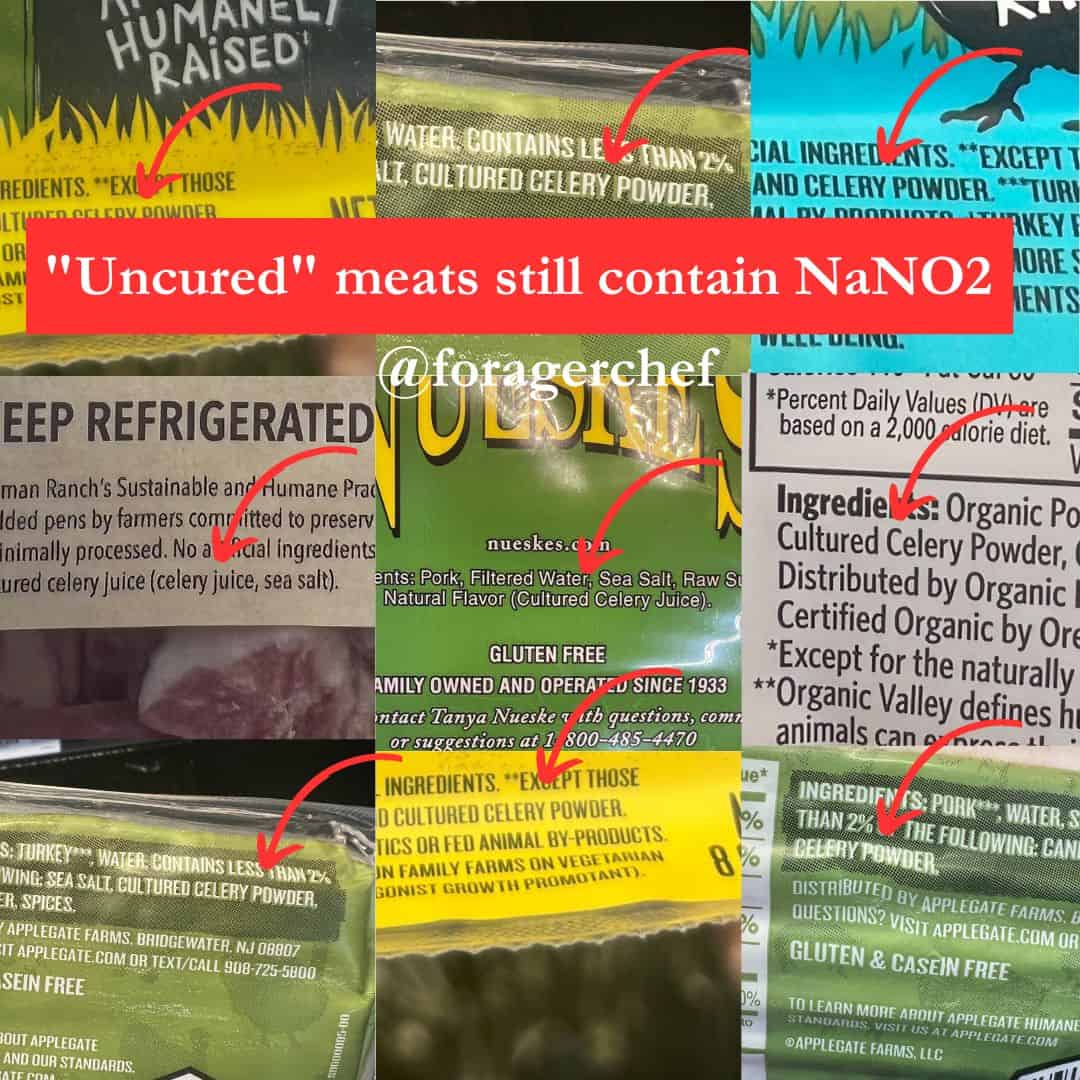
Sodium nitrite keeps meat pink and helps prevent botulism in cured meats. Different plant-based additives can have different amounts of sodium nitrite. Pink salt, on the other hand, is made the same way every time and is usually dyed pink for safety reasons. I’ve used both and had good results with both. You should use whichever one fits your personal morals.
How to Make Beef Bacon | The Bearded Butchers
FAQ
What cut of meat is used for beef bacon?
Why don’t we eat beef bacon?
Is beef bacon from a cow?
What is another name for beef bacon?
Where is beef bacon made?
Beef bacon is made from the belly of the cow, which is located just below the brisket. This cut of meat is sometimes referred to as the “navel” and is similar to pork belly, which is used to make traditional bacon. However, beef bacon can also be made from other cuts of beef, such as the brisket or round, for a leaner option.
How is beef bacon made?
Beef bacon is made by curing, drying, smoking, and then thinly slicing beef belly or other cuts of beef. To make beef bacon, the beef belly is first dry-aged, which concentrates its flavor. It is then cured in a mixture of salt and sugar before being smoked over cherry wood.
Does pork bacon come from the belly?
Pork bacon is made from the belly of the animal, at least in the US. However, cows do still have bellies, but you can’t exactly buy a ‘beef belly’ cut at the butcher shop. Therefore, beef bacon is typically made from other parts of the cow.
Is beef bacon made from a cow?
If you love to add bacon to just about everything you’re eating, then it’s time to give beef bacon a try. Beef bacon comes from a cow, according to Marc Zimmerman, who owns GOZU in San Francisco and is a co-founder of A-Five Meats.
